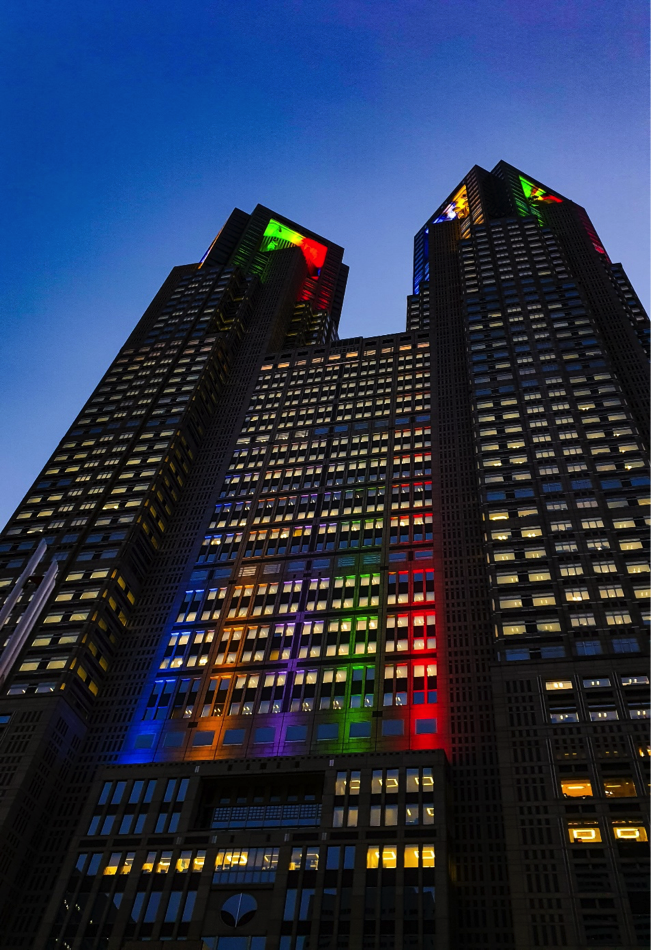
On Tuesday, October 8th 2019, the Supreme Court heard arguments for the first time regarding whether the federal laws that have banned employment discrimination on the basis of sex can also be applied to lesbian, gay, bisexual, transgender, and queer (LGBTQ) workers.
Essentially, the question that is now before the court is whether it is legal for LGBTQ workers to be fired or denied jobs on the basis of their sexual orientation and/or gender expression. Given recent social science scholarship documenting persistent patterns of discrimination against sexual and gender minority workers, it is hard to over-estimate the importance of a favorable ruling for current and future generations of LGBTQ-identifying working Americans.
A common goal in the existing literature on LGBTQ workers is to uncover mechanisms, such as hiring discrimination, that prevent LGBTQ workers from accessing or entering into certain jobs and occupations. Thus, much attention has been paid to the factors impeding LGBTQ workers’ access to certain jobs and occupations. A Supreme Court ruling making such discrimination illegal, many advocates say, would go a long way to addressing these disadvantages.
Our research suggests that banning discrimination for the hiring and promotion of LGBTQ workers may not act as the great equalizer many have hoped for. In a study of LGBTQ workers who already enjoy anti-discrimination protections, we find that those workers still face a myriad of biases in their workplaces on a day-to-day basis.
In our recent study, published in Industrial and Labor Relations Review, we used representative survey data of U.S. Federal Employees to understand the workplace experiences of LGBT workers, compared to their non-LGBT colleagues. The survey, called the Federal Employee Viewpoint Survey (FEVS) was conducted by the Office of Personnel Management in 2015 and included a random sample of 392,752 employees representing 97% of the federal employment sector, excluding active-duty military personnel. (The survey did not include a queer identity measure, so we use LGBT here.)
Unlike much of the private sector, federal agencies have been covered by LGBT-inclusive anti-discrimination protections since 2012. Despite these formal protections, we find LGBT federal employees faced systematic, multifaceted disadvantages in their day-to-day workplace experiences.
Compared to their similarly qualified non-LGBT colleagues, LGBT employees are more likely to report more negative treatment as employees, less workplace fairness, and less job satisfaction. For example, compared to non-LGBT peers in the same agency with the same demographic characteristics, the same education level, and the same tenure, LGBT employees report having less adequate resources to do their job, receive less transparent evaluations, and enjoy less respect from their colleagues.
And, of particular relevance to the current political moment, LGBT federal employees are also less likely to say that they are comfortable whistleblowing – disclosing a suspected violation of any law, rule, or regulation—than their non-LGBT peers.
Second, these LGBT federal employees are more likely to intend to leave their jobs within the next year than their peers. Our analysis shows that these turnover intentions are partly explained by LGBT workers’ less positive workplace experiences. As managers know, turnover is expensive. The departure of talented LGBT workers from their organizations because of the bias they face is not only bad for the workers, it’s bad for the organizations that employ them.
Third, the burden of anti-LGBT bias is not equally shouldered by all LGBT workers. These LGBT workplace inequalities are intersectional: LGBT-identifying workers of color face even greater disadvantages in workplace treatment, fairness, and satisfaction than white LGBT workers. LGBT men also fair better on many measures than LGBT women. But, even LGBT-identifying white men are still worse off than their non-LGBT counterparts.
These results are important for LGBTQ scholarship and policy alike. Sociologically, they highlight the contextual and intersectional nature of LGBTQ workplace inequalities. This study demonstrates that we are unable to fully understand LGBTQ workforce inequality if we do not treat it as both a racialized and gendered phenomenon and as something that is mediated by the cultural and demographic context of organizations themselves. Further, this study advances our understanding of the role that the visibility of disadvantage status plays in generating interactional inequalities. Much work has contended that one central mechanism in the reproduction of status inequalities in the sphere of work is the immediate categorization based on visual or behavioral cues. Yet, as our research demonstrates, devalued identity characteristics need not be readily apparent or visible to serve as meaningful and consequential bases for informal workplace inequalities.
From a policy perspective, these findings underscore the importance of looking beyond questions of formal equality of access, hiring, and promotion. Surely, shifts in public policy that increase access and curtail discrimination for LGBTQ workers are essential for reducing LGBTQ workforce inequality. Like the passage of anti-discrimination protections for women and workers of color, LGBTQ-inclusive anti-discrimination laws are necessary for more equal workplaces, but they are not sufficient. Without paying equal attention to the persistent informal inequities faced by LGBTQ workers, US workplaces will continue to devalue LGBTQ workers, with or without a favorable court ruling.
Read more
Erin A. Cech and William R. Rothwell. “LGBT Workplace Inequality in the Federal Workforce: Intersectional Processes, Organizational Contexts, and Turnover Considerations” in Industrial and Labor Relations Review 2019.

No Comments